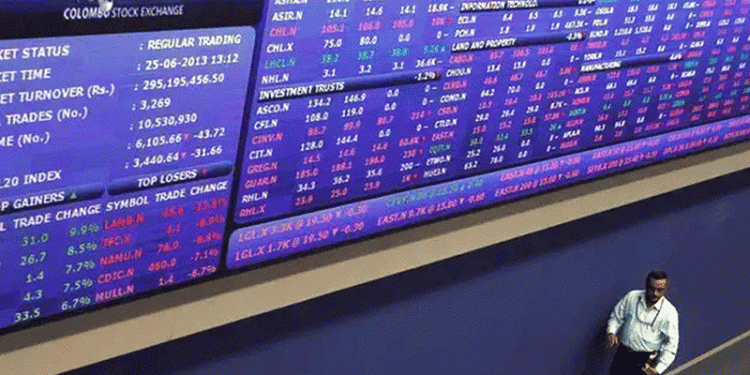Investing.com – Gold prices fell to four-month lows on Thursday pressured by continued dollar strength on the back of investor optimism over the progress of US tax reform.
for February delivery on the Comex division of the New York Mercantile Exchange fell by $12.90, or 1.02%, to $1253.20 a troy ounce.
Gold prices continued to come under pressure, heading for a third-straight day of losses as tax reform optimism continued to support an uptick in the dollar, reducing investor demand for the precious metal.
U.S. Senate Republicans agreed on Wednesday to talks with the House of Representatives on tax legislation, raising hopes that both chambers would be able to reconcile their differences on a tax bill ahead of the Dec. 22 deadline.
Gold is sensitive to moves higher in U.S. dollar – A stronger dollar makes gold more expensive for holders of foreign currency, thus reduces demand for precious metal.
Bearish sentiment on gold comes as it slipped below a key support level of $1,260, retreating further below its 200-daily moving average.
Gold’s slump comes a day ahead of nonfarm payrolls data expected to show the US economy created 200,000 jobs in November.
Also weighing on the gold was ongoing expectations that the U.S. Federal Reserve will raise interest rates for third time this year at the conclusion of its next meeting on Dec.13.
According to investing.com’s fed rate monitor 100% of traders expect the Federal Reserve to raise rates in December.
In other precious metal trade, fell 0.94% to $15.81 a troy ounce, while lost 0.85% to $895.15.
traded at $2.97, up 0.22%, while fell by 4.62% to $2.787 following an inventory report that showed an unexpected build in natural gas supplies.
Fusion Media or anyone involved with Fusion Media will not accept any liability for loss or damage as a result of reliance on the information including data, quotes, charts and buy/sell signals contained within this website. Please be fully informed regarding the risks and costs associated with trading the financial markets, it is one of the riskiest investment forms possible.
Source: Investing.com


























